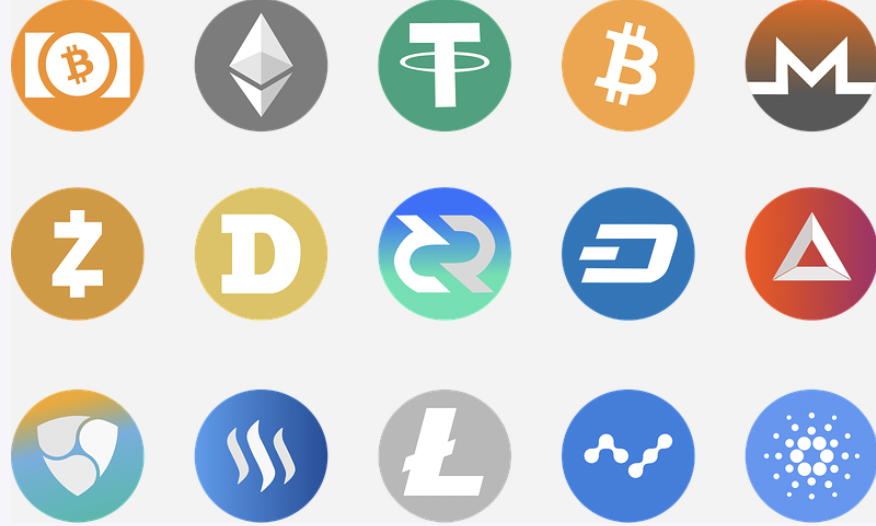
Alina Haynes
Oct 25, 2022 15:24

Gold price (XAU/USD) is indecisive while rebounding from intraday lows to $1,650 ahead of Tuesday's European session.
Nevertheless, the yellow metal attracted purchasers earlier in the day due to a weaker U.S. dollar, but the currency's recent resurgence looks to have weighed on the price recently. It should be mentioned that unfavorable concerns regarding China, one of the world's largest gold consumers, have recently posed a threat to the pricing of precious metals.
In the absence of Fed-speak, the US Dollar Index (DXY) gains bids to reclaim the 112.00 mark while trimming its first weekly loss in three weeks. It should be emphasized that the Fed's aggressive rhetoric and weak US PMIs also support the DXY's safe-haven appeal.
China's efforts to protect its struggling economy and worldwide pessimism regarding Xi Jinping's third term, not to mention Hang Seng's decline to a 13-year low, impose downward pressure on market mood and the XAU/USD exchange rate.
US 10-year Treasury rates continue under pressure around 4.21 percent, down two basis points (bps), while US stock futures and Asia-Pacific markets are moderately bid.
Moving forward, second-tier US Housing data and Consumer Confidence indicators may delight gold speculators before Thursday's third-quarter US Gross Domestic Product report (Q3).


Oct 25, 2022 15:28